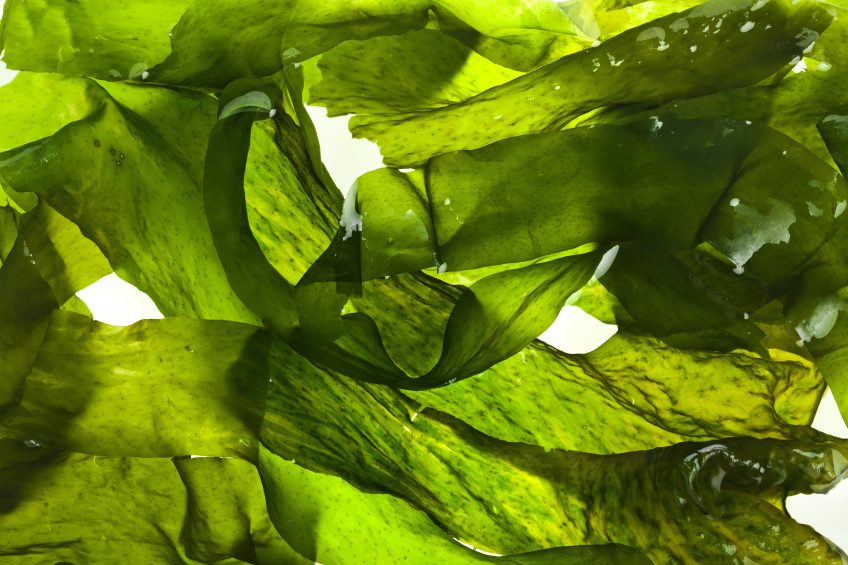Algae potential to cut antibiotics

French researchers have been exploring the potential of algae for boosting the immune systems of animals and reducing the use of antibiotics in livestock farming.
Past studies have shown that the cell wall of macroalgae, or seaweed, contains large quantities of sulphated polysaccharides. These have a range of biological properties, including anticoagulant, antimicrobial, antitumoral and immunomodulatory.
Olmix and INRA join forces
Now a research partnership, set up by Olmix Group, global leaders in macroalgal biorefinery, and France’s top agricultural research organisation INRA, have joined forces to explore the potential of isolated algal extracts rich in sulphated polysaccharides.
Intestinal immunity
Joint efforts have led to demonstrate that in an in vitro study on differential intestinal porcine epithelial cells showed that extracts from Ulva armoricana green macroalga, harvested from the northern coast of Brittany, stimulated the production of immune mediators in the intestine as CCL20 and IL-8.
The role of those immune mediators in the activation, recruitment and migration of immune cells upon intestinal infections is demonstrated, researchers say, proving the possible modulation of intestinal immunity by the product.
Results are promising
Understanding the mechanism of the immunomodulatory action mediated by the product was necessary to optimise the use of bioactive polysaccharides in future prevention strategies, boosting the animals’ immune response and health.
So, the studies, led by INRA’s Mustapha Berri, went further to explore the mechanisms involved in the modulation of immune response of epithelial cells by the products. And the scientists believe they have demonstrated that signalling pathway involves the activation of toll-like reception 4 (TLR4) via the P13K/AKT pathway.
Project coordinators say the in vitro results are promising, as it shows the product could be used in animal feed to modulate the immune response of livestock and protect their mucous membranes from pathogen bacteria, increase their resistance to infection and reduce the use of antibiotics on farms.













